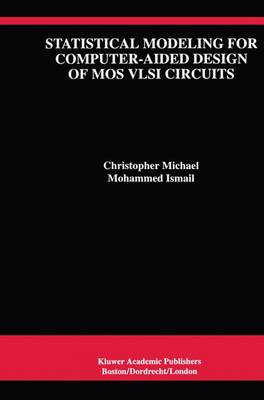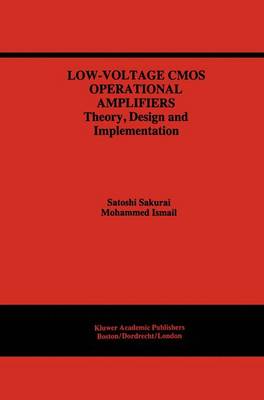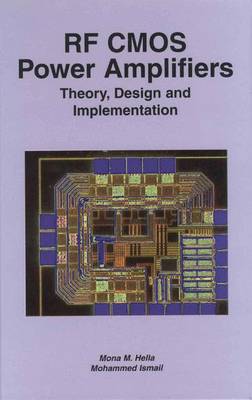The Springer International Series in Engineering and Computer Science
5 primary works
Book 211
Statistical Modeling for Computer-Aided Design of MOS VLSI Circuits
by Christopher Michael and Mohammed Ismail
Book 290
Low-Voltage CMOS Operational Amplifiers
by Satoshi Sakurai and Mohammed Ismail
The first set of CMOS constant-gm input stages was introduced by a group from Technische Universiteit, Delft and Universiteit Twente, the Netherlands. These earlier versions of circuits are discussed, along with new circuits developed at the Ohio State University. The design, fabrication (MOSIS Tiny Chips), and characterization of the new circuits are now complete.
Basic analog integrated circuit design concepts should be understood in order to fully appreciate the work presented. However, the topics are presented in a logical order and the circuits are explained in great detail, so that Low-Voltage CMOS Operational Amplifiers can be read and enjoyed by those without much experience in analog circuit design.
It is an invaluable reference book, and may be used as a text for advanced courses on the subject.
Book 659
RF CMOS Power Amplifiers: Theory, Design and Implementation
by Mona M. Hella and Mohammed Ismail
This is the first monograph addressing RF CMOS power amplifier design for emerging wireless standards. The focus on power amplifiers for short is distance wireless personal and local area networks (PAN and LAN), however the design techniques are also applicable to emerging wide area networks (WAN) infrastructure using micro or pico cell networks. The book discusses CMOS power amplifier design principles and theory and describes the architectures and tardeoffs in designing linear and nonlinear power amplifiers. It then details design examples of RF CMOS power amplifiers for short distance wireless applications (e, g., Bluetooth, WLAN) including designs for multi-standard platforms. Design aspects of RF circuits in deep submicron CMOS are also discussed.
RF CMOS Power Amplifiers: Theory Design and Implementation serves as a reference for RF IC design engineers and RD and R&D managers in industry, and for graduate students conducting research in wireless semiconductor IC design in general and with CMOS technology in particular.
Book 675
Multi-Standard CMOS Wireless Receivers: Analysis and Design
by Xiaopeng Li and Mohammed Ismail
This is the first book on the subject of multi-standard wireless receivers. It covers both the analysis and design aspects of CMOS radio receivers, with primary focus on receivers for mobile terminals. The subject of multi-standard data converter design for base stations is also covered.
Book 872
Adaptive Techniques for Mixed Signal System on Chip
by Ayman Fayed and Mohammed Ismail
This book is devoted to the subject of adaptive techniques for smart analog and mixed signal design whereby fully functional first-pass silicon is achievable. To our knowledge, this is the first book devoted to this subject. The techniques described should lead to quantum improvement in design productivity of complex analog and mixed signal systems while significantly cutting the spiraling costs of product development in emerging nanometer technologies.




